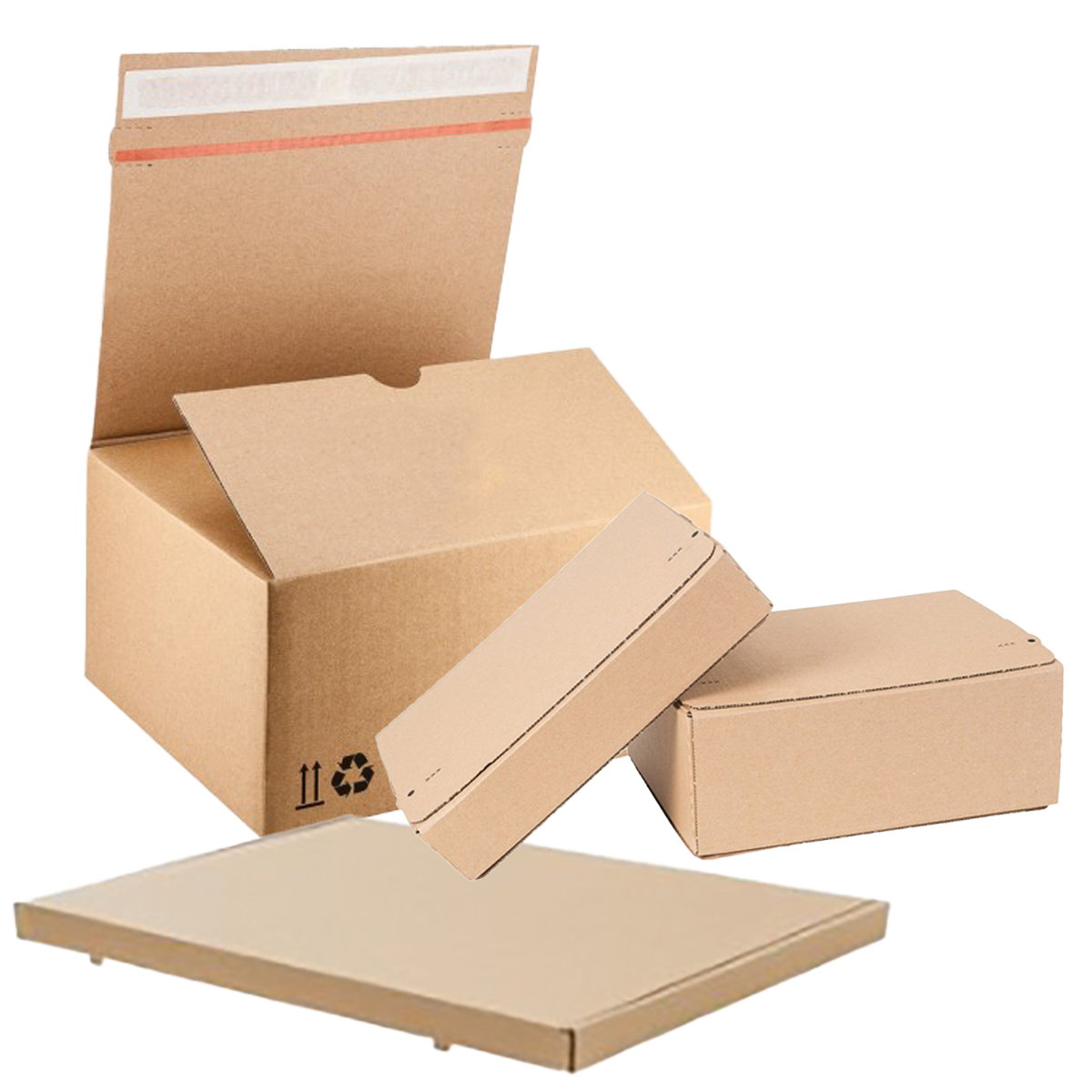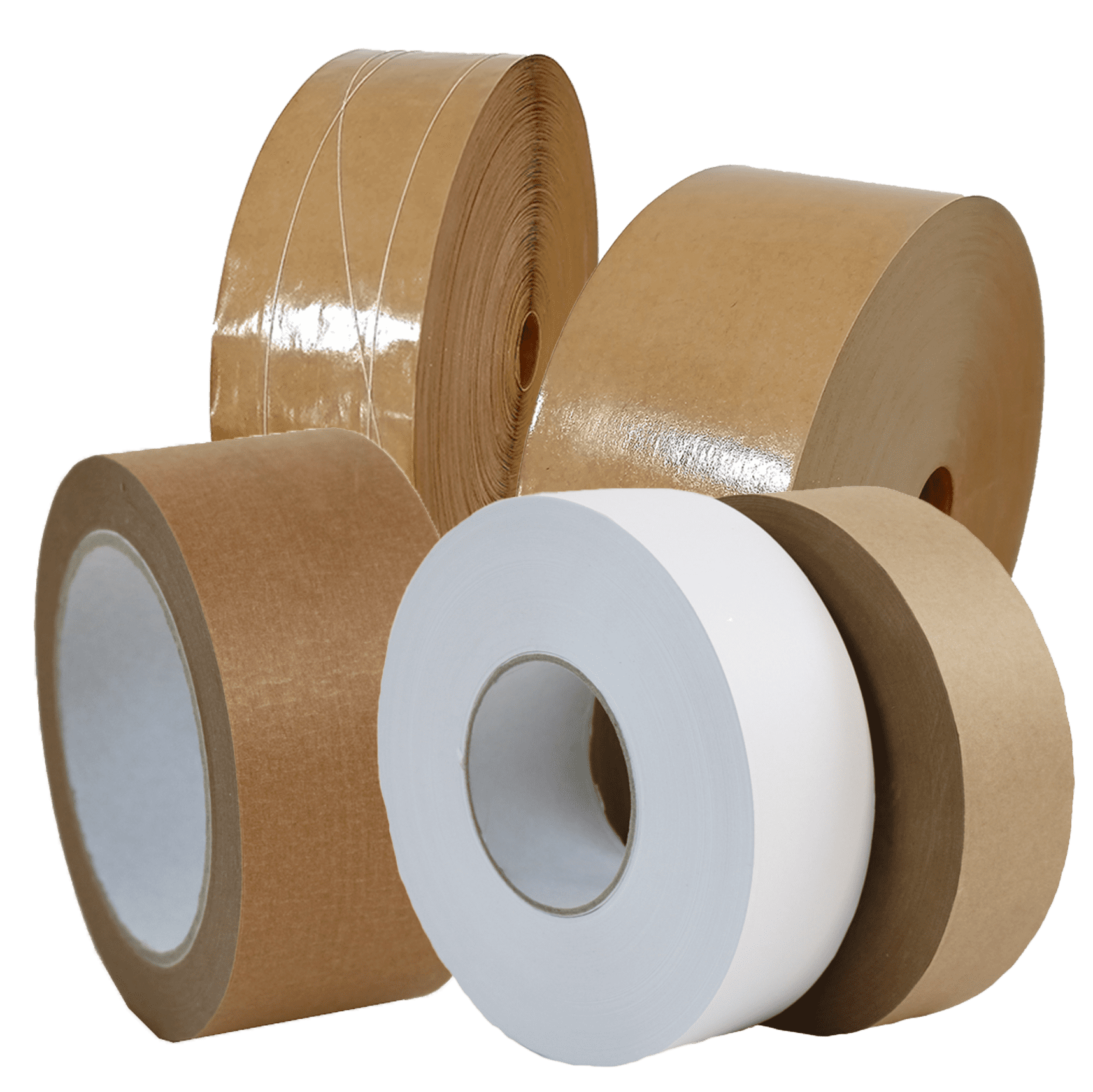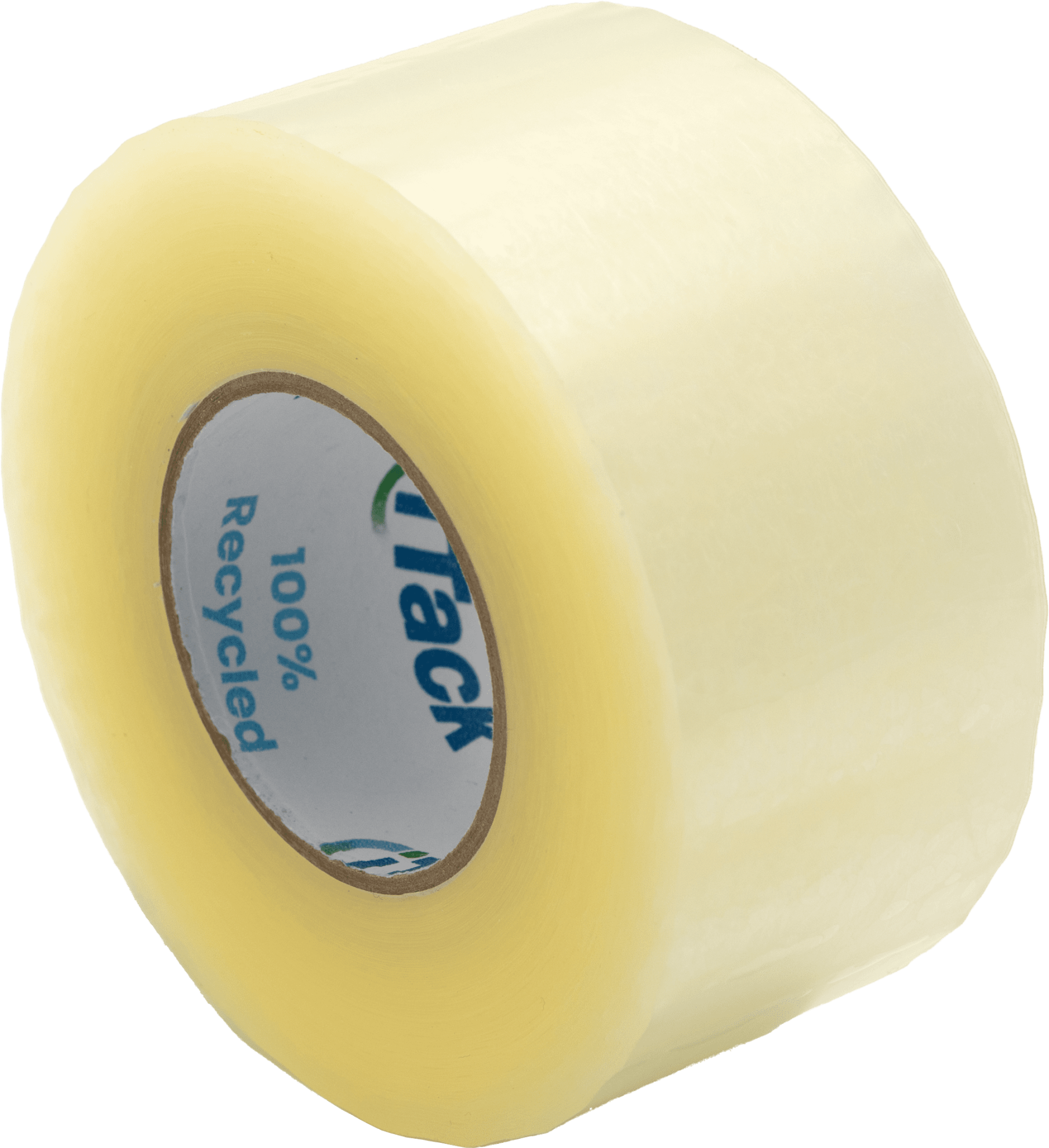Eco-friendly boxes and cartons are a crucial component of sustainable packaging.
We see boxes and cartons needing to fulfil two important functions, protecting your products as well as protecting the environment. See some of our extensive range here.
Sustainable parcel tape is no longer restricted to just paper. Alongside the versatile paper tape application for carton closure, tape made from recycled plastic is now available where paper tape is not appropriate. See just some of our extensive tape range here.
Sustainable boxes and cartons for manufacturing, retail, supply, distribution, healthcare, logistics & ecommerce
Eco-friendly plastic and paper parcel tape that both deliver secure, sustainable parcel closure
The average consumer had over 200 cardboard boxes delivered to their homes in the UK in 2022. These volumes, combined with the needs of industry and manufacturing as a whole, see over 12.5 million tonnes of cardboard used in the UK each year. How can packaging continue to adapt to meet demand for sustainable options and still provide opportunities for your business?
Remaining sustainable with the products you use is key to to meeting customer expectations, as well as your own green ambitions. Using packaging such as boxes and cartons with recycled content is an easy way to meet these goals, supporting more of a circular economy approach to minimising waste.

Using recycled materials reduces the demand for virgin materials and wherever possible, we recommend the use of recycled content in boxes. Our entire NEST range of sustainable ecommerce packaging is made from 100% recycled content and can be 100% recycled by your customers too.
Innovation plays a huge part in box design ensuring it not only stands up to the rigours of despatch but for re-use again or multiple times. This may be for returns or repeated shipping for example. We work with our customers to understand the performance needed from their boxes and engineer accordingly.
Multi-scored boxes come into their own when it comes to being cost effective. If you have a varying inventory, having multi-scored boxes brings versatility to the warehouse or despatch process, as well as helping you to save on costs.
When it comes to customisation and including your brand, we advise printing with water-based inks that release fewer volatile organic compounds and therefore less harmful to the environment. Food-safe, non-toxic and odour free, water- based printing is ideal for companies that package and supply food items, medication, cosmetics, or children’s toys for example. And boxes and cartons printed with water-based inks are still completely recyclable.
Sustainable parcel tape is no longer restricted to just paper. Alongside the versatile paper tape application for carton closure, tape made from recycled plastic is now available where paper tape use is not appropriate.

Sustainable paper tape is a real game changer when it comes to cost reduction and speed of application, but did you know it’s a great solution when it comes to parcel security?
As paper tape makes such a secure bond to the surface of the cardboard box, much less is required to seal a parcel. Typically for every parcel sealed with paper tape, on average, you would use over 30% more plastic tape to seal the same parcel. This equates to a reduction in cost based on less tape used and a faster application time.

Plastic parcel tape has been given a new lease of life with the use of recycled content.
Plastic tape is now made from recycled plastic which is another innovation from Acopia with both 30% and 100% recycled plastic products now available, providing choice when it comes to aligning with your sustainability goals. Both avoid any Plastic Packaging Tax associated costs and perform equally well, if not better, than standard plastic tape. Eco-friendly plastic tape is a great idea when it comes to sealing unevenly shaped parcels and if they are likely to become wet.
Our range of tapes also includes a number of specialist applications such as fibre re-enforced tapes, masking tapes, double sided and gaffa tapes. We also carry a series of printed tapes with wording such as SOLD and FRAGILE as well as hazard warning Health & Safety tapes.
There are no right or wrong choices on which tape to use, it comes down to the best product for your business need. Both offer different opportunities for your organisation for cost and time savings as well as branding. The good news is that your choice is no longer compromised by having to use a non-sustainable tape product.
Speak to one of our packaging experts about exploring the best sustainable boxes and tapes available
